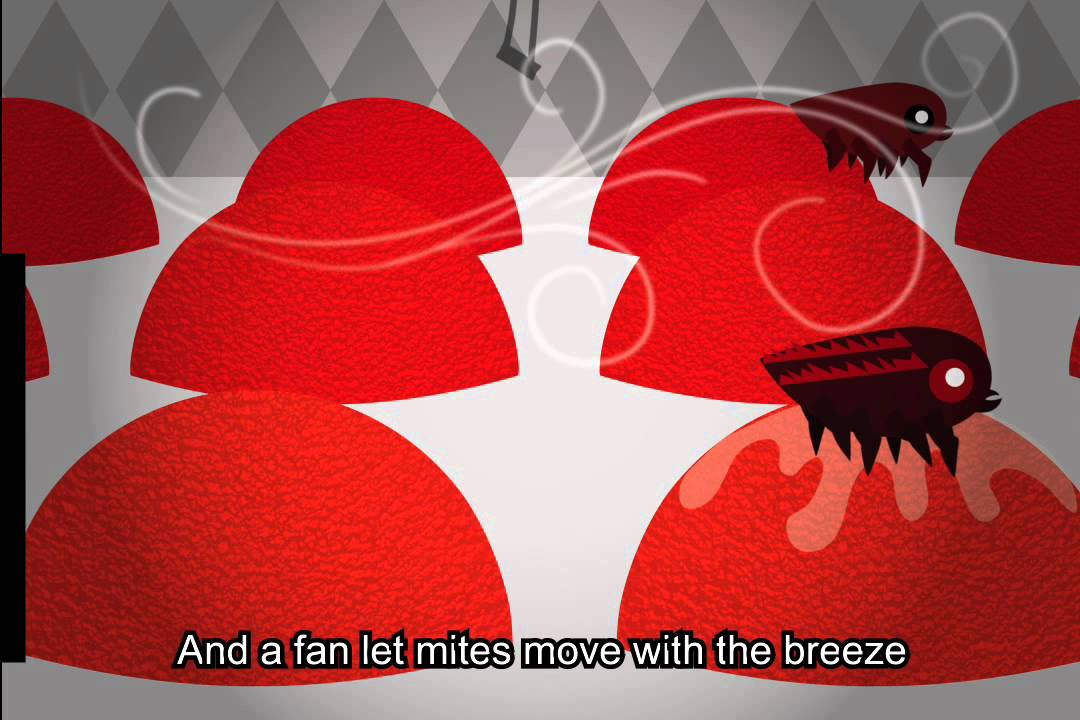Can Math Explain How Animals Get Their Patterns?
Summary
TLDRThe video explores Alan Turing's theory on pattern formation in nature, which posits that two substances, an activator and an inhibitor, interact in a predator-prey-like relationship to create various patterns. By adjusting their spreading rates, Turing's mathematical rules can explain the emergence of spots and stripes seen in animals like cows and cheetahs. While some patterns are dictated by genetic blueprints, others appear to align with Turing's theory. The video highlights ongoing research inspired by Turing's work, emphasizing its relevance in understanding the natural world's complexities and biological development.
Takeaways
- 🌿 Turing's theory explains how patterns in nature, like spots and stripes, can emerge from mathematical interactions between two substances: activators and inhibitors.
- 🐇 The relationship between activators and inhibitors can be likened to predator-prey dynamics, where the increase of one affects the other.
- 🌈 Variations in the spreading rates of activators and inhibitors lead to different patterns, such as spots in wider areas or stripes in narrower ones.
- 🔍 Turing's mathematical rules can simulate complex patterns found in nature, including those on cows, fish, and even giraffes.
- 🧬 Evidence for Turing's ideas exists in biological systems, such as the stripe patterns in mouse embryonic development, influenced by specific proteins.
- 🐛 Conversely, some natural patterns, like the segments of a fruit fly, are genetically predetermined and do not follow Turing's model.
- 🌌 The search for Turing-like patterns in biology has encouraged scientists to explore the underlying mechanisms of pattern formation in various organisms.
- 📚 Turing's theory has inspired further research, bridging mathematics and biology, to understand how patterns like the cheetah's spots occur.
- 🎧 The video is supported by Audible, promoting books related to science and information, highlighting the influence of figures like Alan Turing.
- 🥦 The video also references a survey about asparagus pee, showcasing engagement with the audience through humor and curiosity.
Q & A
What are the two substances mentioned in Turing's theory, and what roles do they play?
-The two substances are the activator and the inhibitor. The activator stimulates the production of both substances, while the inhibitor slows down production.
How does Turing's model illustrate the relationship between activators and inhibitors?
-Turing's model compares the relationship to a predator-prey dynamic, where an increase in the activator (bunnies) leads to more activators, while a larger population of activators also means more food for the inhibitors (foxes), which in turn reduces the activator population.
What pattern emerges in Turing's model when activators and inhibitors expand?
-A pool of activator forms surrounded by a moat of inhibitor. This results in changes, such as pigment production, which can create visible patterns like spots.
What types of patterns can Turing's rules generate?
-By adjusting variables like the spreading rates of the activator and inhibitor, Turing's rules can generate various patterns, including spots, stripes, and labyrinth patterns.
How does Turing's theory relate to patterns observed in animals?
-Turing's theory can simulate patterns seen in animals, such as the splotches on cows and the stripes on fish, suggesting a mathematical basis for these natural designs.
What challenges exist in applying Turing's theory to real-world biological patterns?
-While Turing's theory works on paper, it is uncertain whether all natural patterns arise from real-life activators and inhibitors, as some patterns, like segments in fruit flies, are genetically predetermined.
What examples of Turing-like systems in biology are mentioned in the script?
-In developing mice, a protein called 'sonic hedgehog' inhibits another activator protein, resulting in stripe-like structures in the embryo's mouth and limb ends.
How has Turing's theory influenced biological research?
-Turing's theory has inspired biologists to search for evidence of his ideas in living creatures, leading to a deeper understanding of patterns in nature.
What book is recommended in the video, and who is the author?
-The recommended book is 'The Information' by science writer James Gleick, which explores the contributions of figures like Alan Turing to our understanding of information.
What was the purpose of the survey mentioned in the video?
-The survey aimed to gather personal experiences related to asparagus pee, and the video mentions that many interesting responses were received.
Outlines

Cette section est réservée aux utilisateurs payants. Améliorez votre compte pour accéder à cette section.
Améliorer maintenantMindmap

Cette section est réservée aux utilisateurs payants. Améliorez votre compte pour accéder à cette section.
Améliorer maintenantKeywords

Cette section est réservée aux utilisateurs payants. Améliorez votre compte pour accéder à cette section.
Améliorer maintenantHighlights

Cette section est réservée aux utilisateurs payants. Améliorez votre compte pour accéder à cette section.
Améliorer maintenantTranscripts

Cette section est réservée aux utilisateurs payants. Améliorez votre compte pour accéder à cette section.
Améliorer maintenant5.0 / 5 (0 votes)






